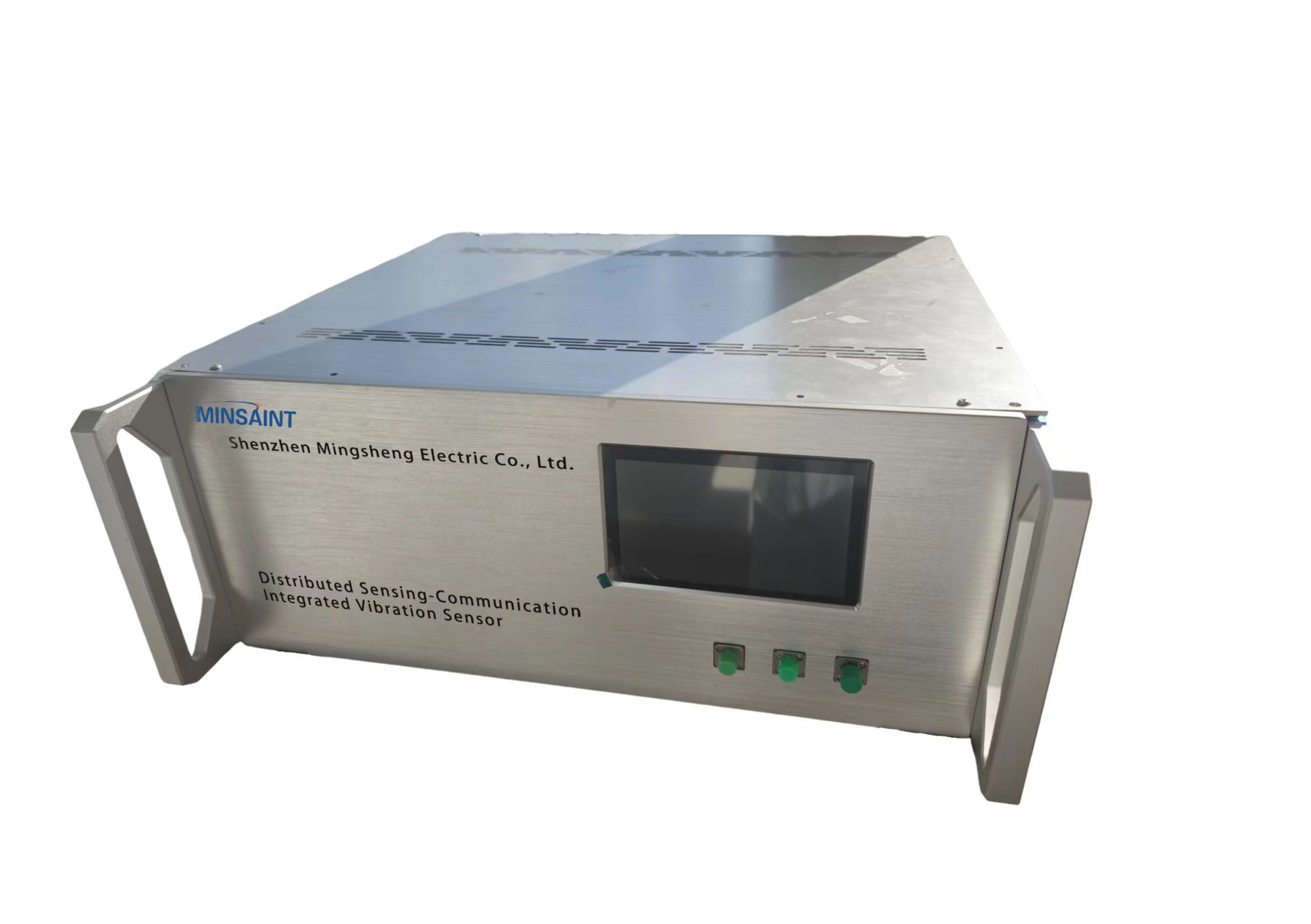Graphite, a remarkable allotrope of carbon, possesses a suite of properties that make it invaluable across various industrial and technological applications. Its distinctive characteristics arise from its unique atomic structure, which sets it apart from other forms of carbon like diamond and graphene. This article delves into the key properties of graphite, exploring its implications and uses in different fields.
- The Atomic Structure of Graphite 1.1. Hexagonal Lattice Arrangement
Graphite is composed of carbon atoms arranged in a hexagonal lattice within planar layers. Each carbon atom is bonded to three others in a two-dimensional network, forming a series of parallel sheets. These layers are held together by weak van der Waals forces, allowing them to slide over one another with ease.
1.2. Delocalized Electrons
Within each layer, the carbon atoms have free-moving electrons that contribute to graphite's unique electrical and thermal properties. This delocalization is a key factor in its performance in various applications.
- Key Properties of Graphite 2.1. Electrical Conductivity
- High Electrical Conductivity: Graphite exhibits excellent electrical conductivity due to the presence of delocalized electrons. This property is harnessed in applications such as batteries, electrodes, and electrical contacts.
- Conductivity Variations: The conductivity can vary depending on the purity of the graphite and its structural form, with synthetic graphite often offering enhanced performance compared to natural forms. 2.2. Thermal Conductivity
- Efficient Heat Transfer: Graphite conducts heat efficiently, a result of its layered structure and the mobility of electrons. This makes it valuable in applications requiring thermal management, such as in heat sinks and thermal interface materials.
- Temperature Stability: Graphite maintains its thermal conductivity across a wide range of temperatures, making it suitable for high-temperature applications. 2.3. Lubricating Properties
- Layered Structure: The ability of graphite layers to slide over each other gives it excellent lubricating properties. It is used as a dry lubricant in machinery, reducing friction and wear without the messiness of liquid lubricants.
- High-Pressure Performance: Graphite maintains its lubricating properties even under high pressures, which is crucial for various industrial applications. 2.4. Mechanical Properties
- Strength and Flexibility: Graphite is relatively soft and brittle compared to metals, but it has good tensile strength within its planes. Its mechanical properties vary depending on the form of graphite and the orientation of its layers.
- Layered Flexibility: The flexibility of graphite layers allows it to be used in applications where materials need to conform to varying shapes or surfaces. 2.5. Chemical Stability
- Inertness: Graphite is chemically stable and resistant to most acids and bases. This inertness makes it suitable for use in harsh chemical environments and as a material for high-performance seals and gaskets.
- Corrosion Resistance: Its resistance to corrosion is another factor that contributes to its longevity and utility in various applications. 2.6. Optical Properties
- Absorption of Light: Graphite absorbs light efficiently, which can be attributed to its electronic structure. This property is less prominent compared to its other attributes but is relevant in specialized applications.
- Applications Leveraging Graphite’s Properties 3.1. Industrial Uses
- Electrodes and Batteries: Graphite’s high electrical conductivity makes it essential for electrodes in electric arc furnaces and batteries.
- Lubricants: Its lubricating properties are used in both dry and liquid lubricants for machinery and automotive components. 3.2. Technological Advancements
- Heat Management: Graphite is used in heat sinks and thermal interface materials to manage and dissipate heat in electronic devices.
- Composite Materials: The addition of graphite to polymers and other materials enhances their strength, flexibility, and thermal conductivity. 3.3. Scientific Research
- Graphene and Nanotechnology: The study of graphene, a single layer of graphite, has led to breakthroughs in materials science and nanotechnology due to its extraordinary electrical, thermal, and mechanical properties.
- Conclusion
Graphite’s unique properties—ranging from high electrical and thermal conductivity to excellent lubricating and chemical stability—underscore its versatility and importance in various applications. Understanding these properties provides insight into why graphite is used extensively in technology, industry, and scientific research. As advancements continue, the exploration of graphite’s potential will likely lead to new and innovative uses, reinforcing its significance in the modern world.






